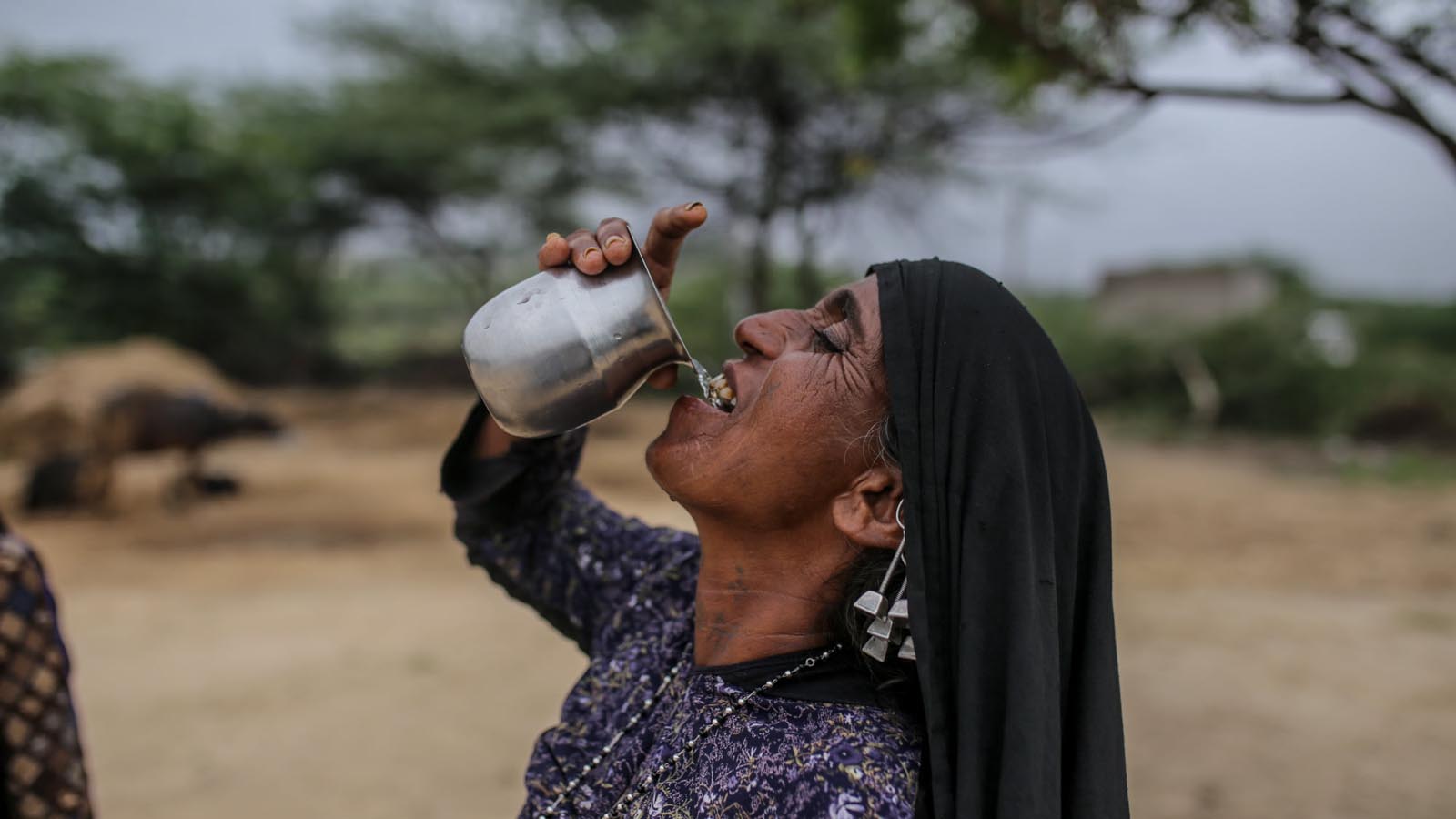of particular note here is new wet-bulb research which suggests that a wet-bulb temperature of 31°C (88°F) is sufficient to be fatal for most people in the right circumstances, a threshold significantly lower than the 35°C (95°F) mark where humans cease to be capable of dispelling heat from their bodies:
However, experiments show that a wet-bulb temperature considerably lower—near 31 degrees Celsius (88°F)—is likely fatal for young, healthy people. A 2022 study, Evaluating the 35°C wet-bulb temperature adaptability threshold for young, healthy subjects, had participants swallow a tiny radio telemetry device encased in a capsule that measured their core temperature while performing tasks mimicking basic activities of daily life, until they could no longer maintain their core temperature without overheating. The experiment found that young, healthy adults could not survive extended exposure to wet-bulb temperatures of 30-31 degrees Celsius (86-88°F) in humid environments, and 25-28 degrees Celsius (77-82°F) in hotter, dryer environments (see the paper’s press release, and Figure 2).
we’ve already seen wet-bulbs above the 35°C mark before, so the lower mark is of concern, and parts of india and pakistan hit that mark in a few places during this latest heat wave.
During the hottest portions of the day at the peak of last week’s heat wave, April 29-30, wet-bulb temperatures in northwestern India and eastern Pakistan regularly exceeded the critical threshold for young, healthy adults identified in the study. For example, at 12Z April 30 (Figure 3), the ambient temperature at Nawabshah, Pakistan, was 46 Celsius, and peaked at 47.4 degrees Celsius. At that those temperatures, the critical wet-bulb temperature is 27-28 degrees Celsius; the observed wet-bulb temperature was two degrees higher: 29-30 degrees Celsius. Coastal regions of India near the megacities of Kolkata and Mumbai had wet-bulb temperatures in excess of 30 degrees Celsius on multiple days of the heat wave.


